Blockchain explained
[What is Blockchain?]
A blockchain is a database that is shared across a network of computers. Once a record has been added to the chain it is very difficult to change. To ensure all the copies of the database are the same, the network makes constant checks using mathematical hashes.
Blockchains have been used to underpin cyber-currencies like bitcoin, but many other possible uses are emerging. For now, let explain its parts.
[How the database in blockchain works]
The basic parts:
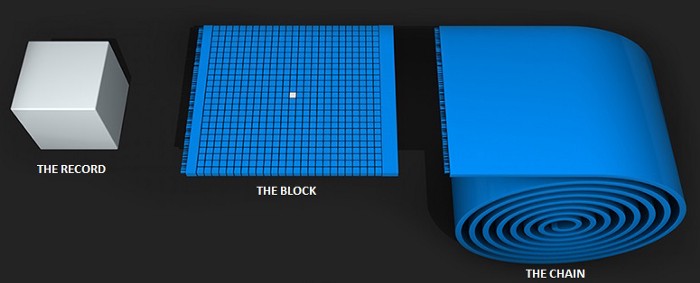
[The record]: Can be any information, a deal for example.
[The block]: A bundle of records.
[A corrente/the chain] All the blocks linked together.
Records are bundled together into blocks and added to the chain one after another.
How the transaction is included in the chain
Step 1
A trade is recorded. For example, let’s say Mr Pink is selling two of his coins to Mr Green for $100. The record lists the details, including a digital signature from each party.
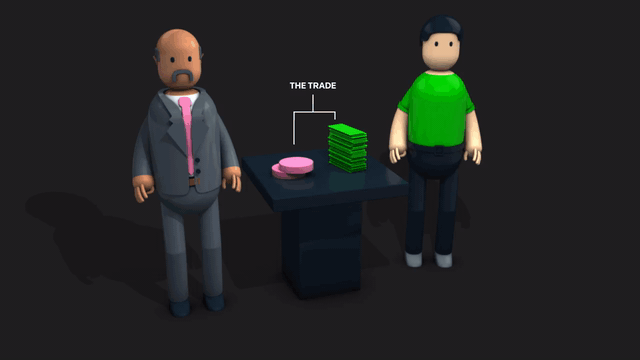
Step 2
The record is checked by the network. The computers in the network, called 'nodes', check the details of the trade to make sure it is valid.
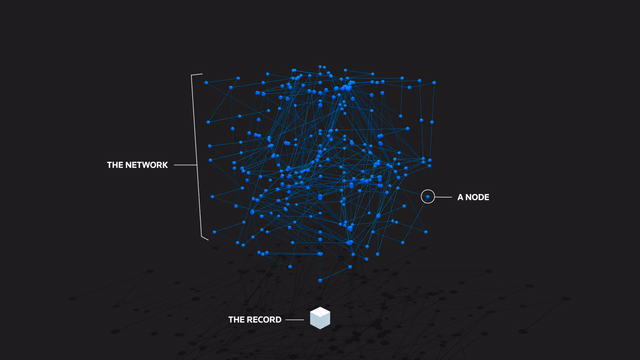
Step 3
The records that the network accepted are added to a block. Each block contains a unique code called a hash. It also contains the hash of the previous block in the chain.
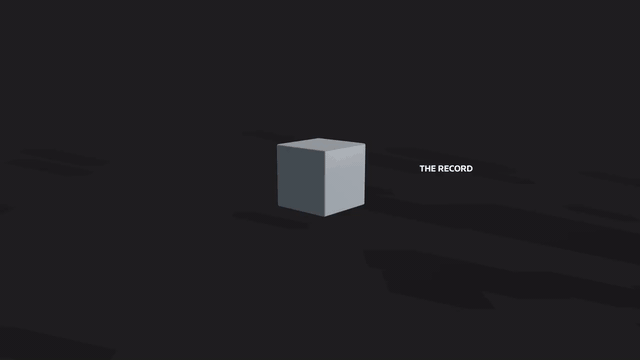
Step 4
The block is added to the blockchain. The hash codes connect the blocks together in a specific order.
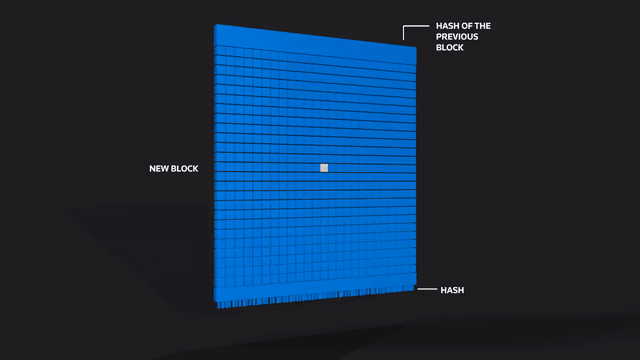
Difficult to change
[Hash codes keep records safe]
A hash code is created by a math function that takes digital information and generates a string of letters and numbers from it. Let’s take a closer look at two important characteristics of hash codes:
First, no matter what the size of the original file, a hash function will always generate a code of the same length. For example, the first tweet from Jack Dorsey was much shorter than “War and Peace” by Leo Tolstoy, but they would yield hashes of the same length.
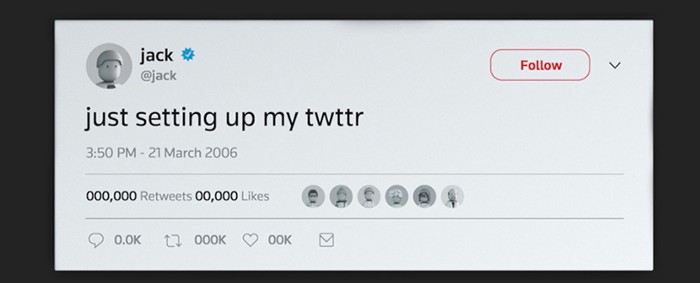
SAMPLE (32-BYTE) HASH LENGTH OF @JACK'S TWEET:
c6f7257abff7b43959cd728f06c0c74230391640115cc3ea86a7e54be62aecc4
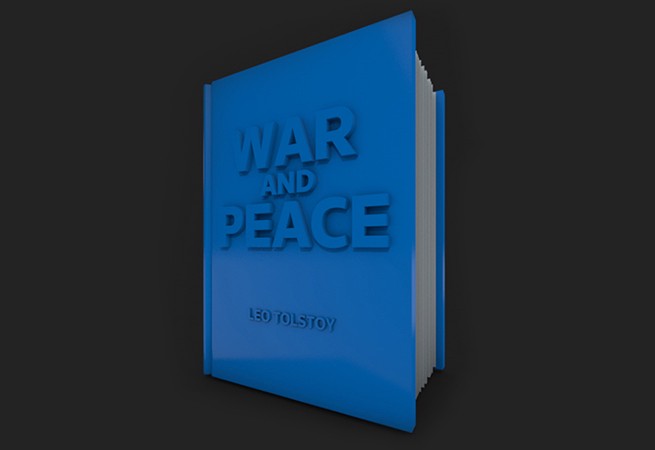
SAMPLE (32-BYTE) HASH LENGTH OF 'WAR & PEACE':
a948904f2f0f479b8f8197694b30184b0d2ed1c1cd2a1ec0fb85d299a192a447
Second, any change to the original input will generate a new hash. So if someone decided to delete just one comma from Tolstoy's 587,287-word masterpiece, it would show up, because the hash would change.
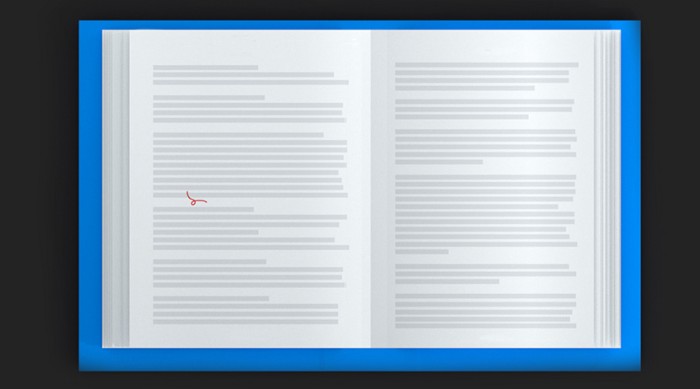
ORIGINAL HASH:
a948904f2f0f479b8f8197694b30184b0d2ed1c1cd2a1ec0fb85d299a192a447
NEW HASH:
40115cc2aecc43ea86a7e54be6f7257abff7b43959cd728f06c0c7423039166r
The changed hash breaks the chain.
The next block in the chain still has the old hash, so to restore the chain a hacker would have to recalculate that. And the next, and so on. Recalculating all those hashes would take an enormous amount of computing power.
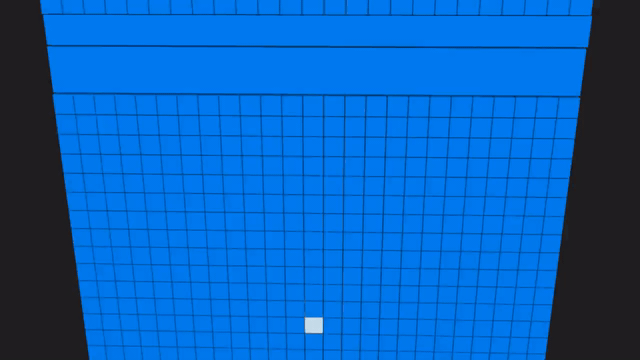
The computers in the network
Unlike traditional ledgers, a blockchain database is decentralized and has no “master.”
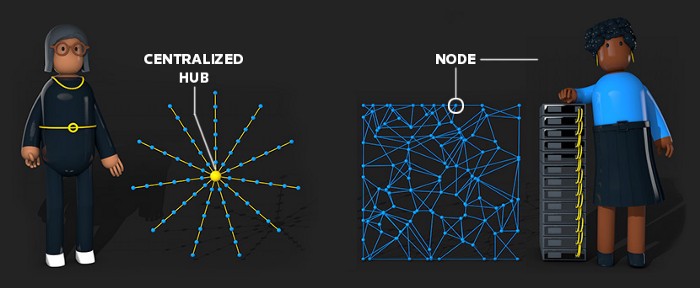
[CENTRALIZED NETWORK]
Authority is held by a central node.
[DECENTRALIZED NETWORK]
All the nodes can access the information and compete to be the next to add to the database.
Permission to join
Without centralized control of a network, trust is a problem. One answer is to only let people you know, such as company employees, join in. But blockchains such as the bitcoin network are open to anyone. Members are anonymous. There is no way to know if they are trustworthy.
To resolve this and build trust, these blockchains set tests for the computers that seek to join and add records to the chain. The tests are called consensus models.
Reaching a consensus
The tests require network members to ‘prove’ themselves. Some examples:
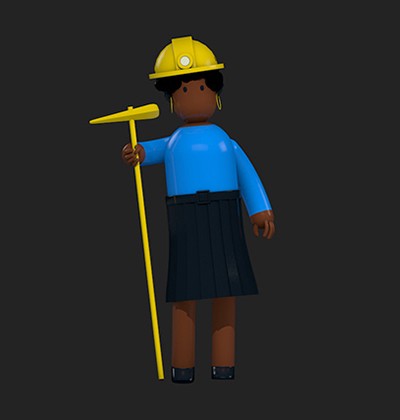
PROOF OF WORK (PoW)
To add a block to the chain, nodes must demonstrate that they have done ‘work’ by solving an increasingly difficult computational puzzle. This process, called mining, uses a lot of computing power. In return for their work, members can receive rewards – tokens for instance, or bitcoins.
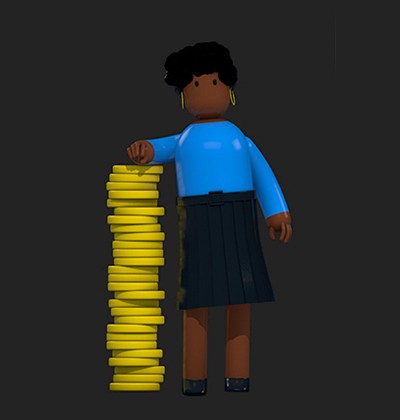
PROOF OF STAKE (PoS)
Participants buy tokens which allow them to join the network. The more tokens they have, the more they can mine.
Possible uses
There is a lot of hype about blockchain, but some promising uses are under development.
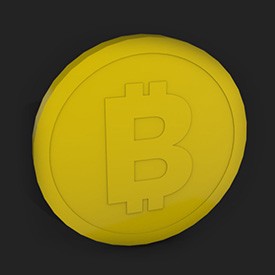
CRYPTOCURRENCY
Blockchains are the basis of bitcoin and other cryptocurrencies.
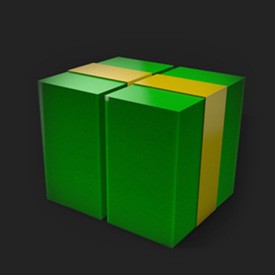
BANKING
Financial institutions have been investing in blockchains to simplify their record-keeping for payments.
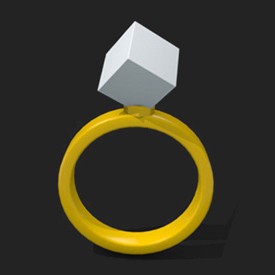
SUPPLY CHAIN
Recording trades on a blockchain offers a way to check the history of a product. For example, jewelry companies hope it can assure customers that diamonds are not from places where they could finance war.

HEALTHCARE
With blockchain, medical history could be securely stored and controlled by patients.
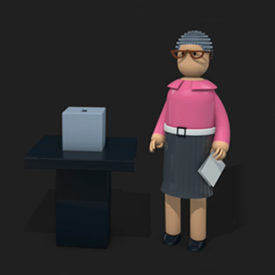
VOTING
Blockchain records could create tamper-proof election returns.
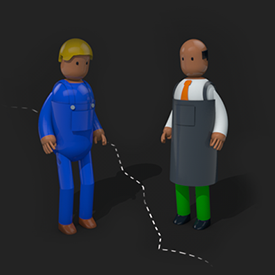
PROPERTY RECORDS
Storing land records on a blockchain could cut down on costly title research and insurance. In politically unstable places, it could help prove ownership.
Correction: An earlier version of this graphic incorrectly described a hash function as an example of encryption. Hashing is a form of cryptographic security that – unlike encryption – cannot be reversed, or decrypted.
All the above is a full copy of the article published in June 15, 2018 by Maryanne Murray available at
http://graphics.reuters.com/TECHNOLOGY-BLOCKCHAIN/010070P11GN/index.html
The intent of this copy is to compose the pair with its Brazilian Portuguese translated version in our blog.